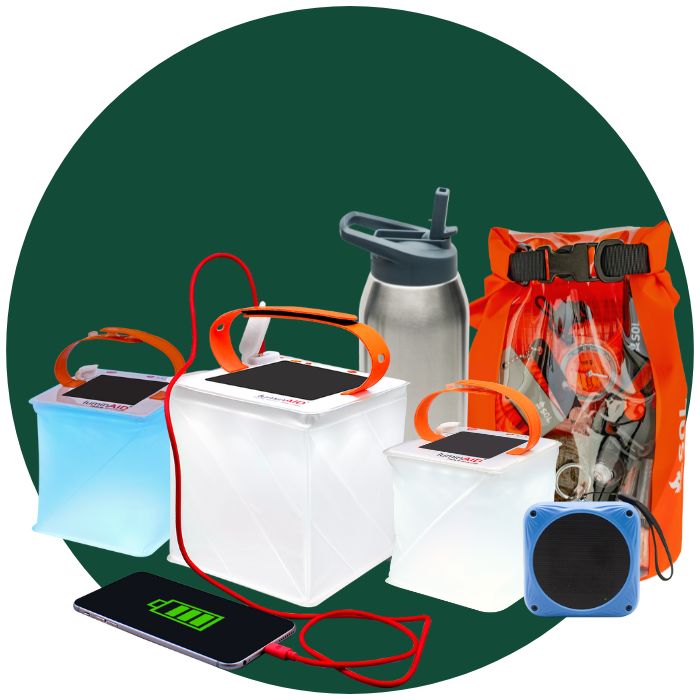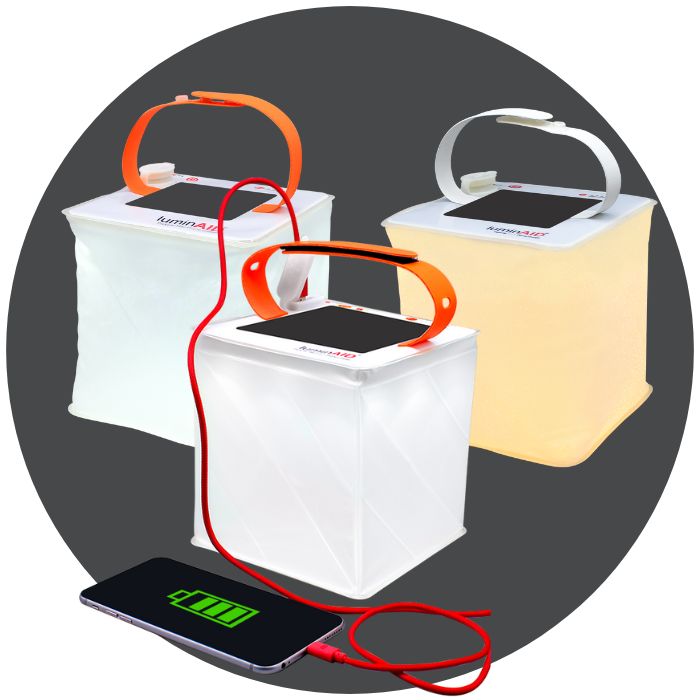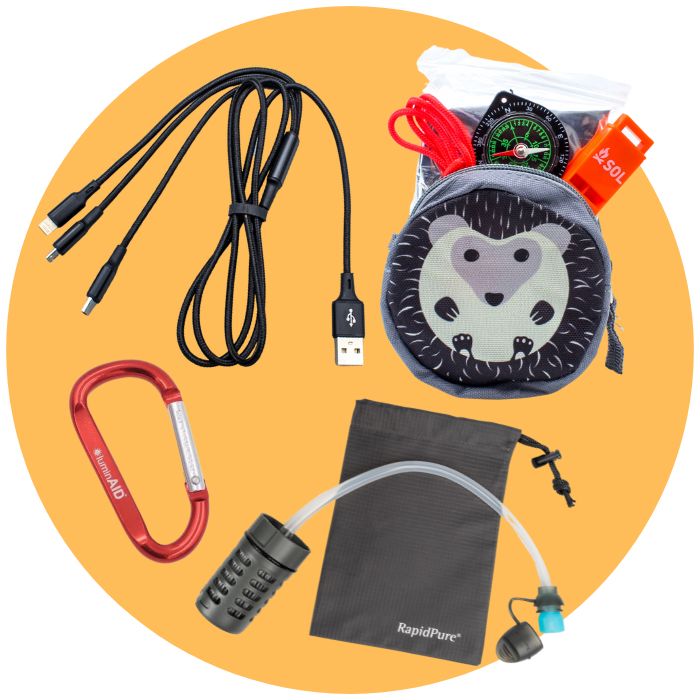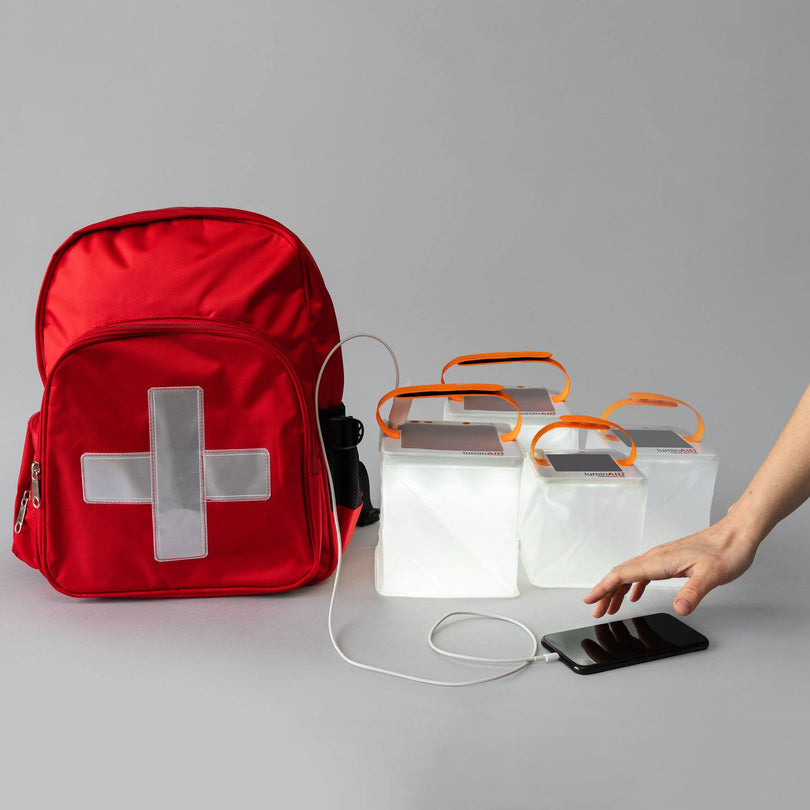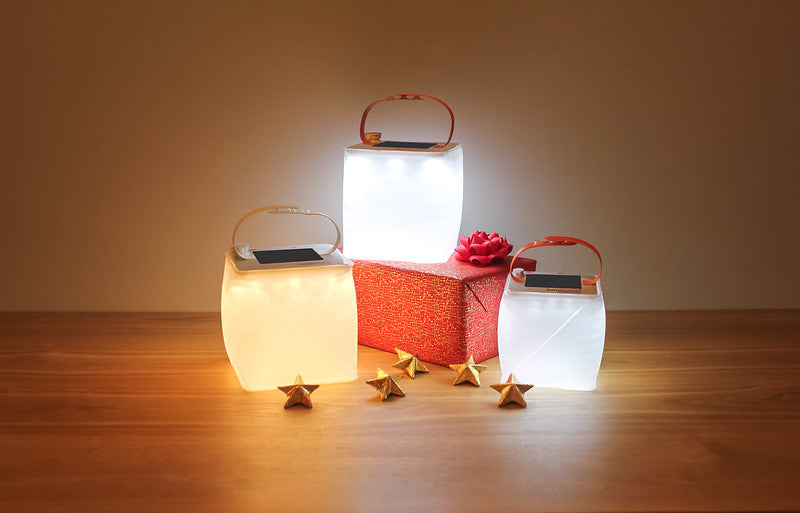Here at LuminAID, we’re committed to understanding our impact on the environment and finding ways to reduce our contribution to climate change.
___________________
Our lights were designed for disaster relief first.
LuminAID lights were invented to fill a need for safe, sustainable lighting after disasters. As we see natural disasters such as hurricanes and wildfires grow stronger and everyday weather become more extreme, we seek not to exacerbate the problem, but rather to mitigate our impact on the environment. Here's how:

1. Reducing Carbon Emissions
Every LuminAID solar lantern and phone charger packs flat, allowing us to transport our lights to humanitarian partners, customers, and warehouses while emitting less carbon into the atmosphere. Because we can fit more LuminAID lights in the same space that traditional solar lanterns would occupy, we can efficiently ship more lights to those that need it and minimize the consequences for the environment. This is particularly important when we ship large quantities of solar lanterns to our humanitarian partners after a natural disaster or other crisis.
2. Sustainable Materials
Our solar lanterns and phone chargers are constructed with thermoplastic polyurethane (TPU), a medical-grade plastic material and more environmentally-friendly alternative to polyvinyl chloride (PVC). Unlike PVC, TPU doesn’t release or contain dioxins, lead, or phthalates during production, nor over the course of the product's lifetime. Using TPU over PVC minimizes the impact that our factories have on their surroundings and ensures that no hazardous chemical byproducts end up either in landfills or in your hands.
3. Renewable Energy
At the heart of LuminAID’s commitment to the environment is solar energy. Our high-efficiency solar panels not only harness the renewable energy of the sun, but they replace environmentally unfriendly alternatives such as propane gas and traditional batteries. LuminAID’s solar panels work in conjunction with rechargeable lithium-ion batteries, which boast upwards of 1,000 recharge cycles, as opposed to traditional batteries (think AA batteries), which are less energy-dense and can be used only once. When these traditional batteries are disposed of, they release hazardous chemicals, such as lead and cadmium into the air, water, and earth. Our choice to harness solar energy and use a rechargeable battery plays a small role in keeping dangerous chemicals out of landfills.

